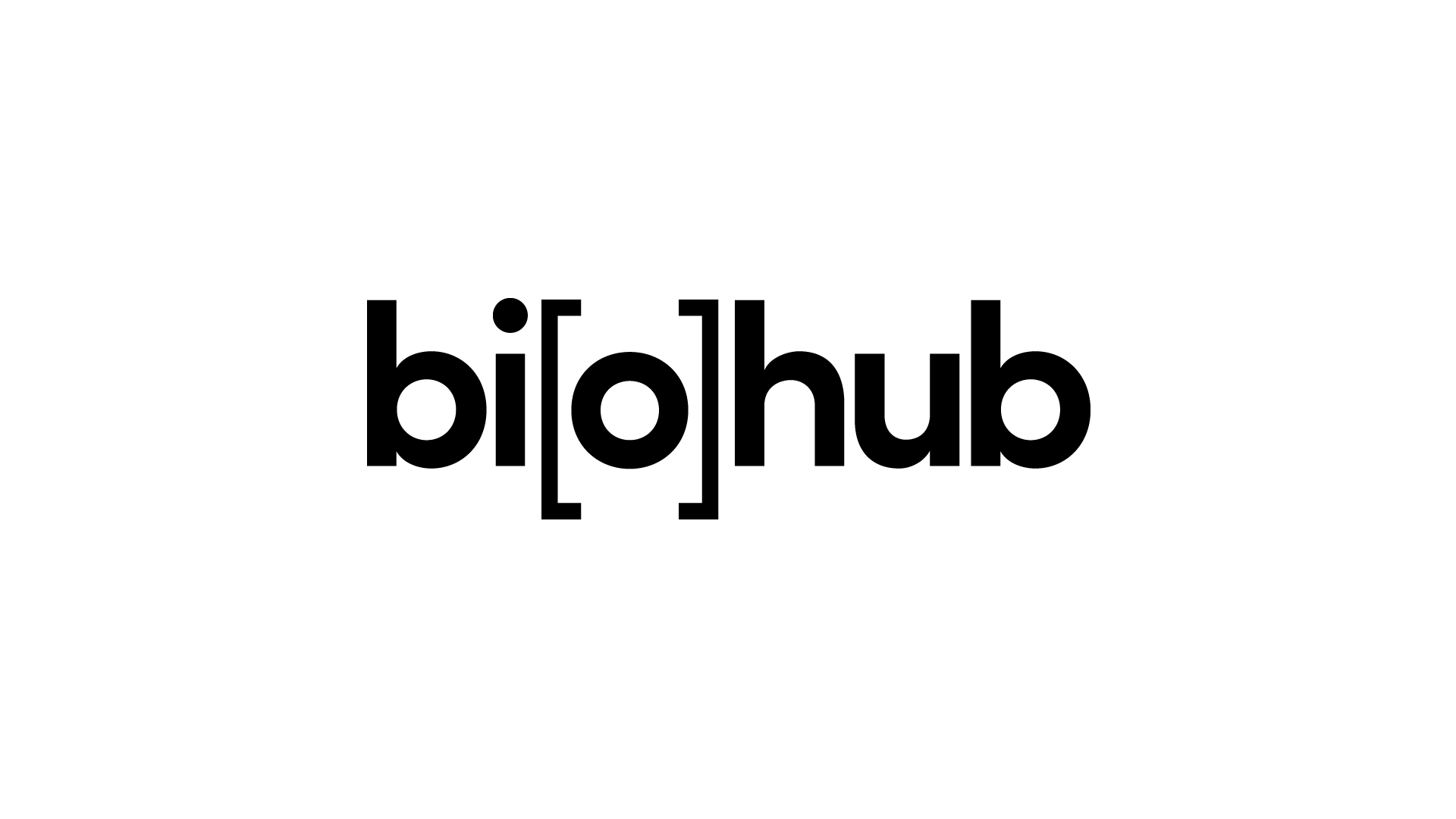METHODS FOR FRAGMENTING COMPLIMENTARY DNA
Researchers at UCSF have discovered a new method for fragmenting complimentary DNA for sequencing applications.
Sequencing of nucleic acids is one of the most important and transformational methods in biomedical sciences. In recent years, high throughput sequencing has become commonplace in both academic and industry laboratory settings, partially due to its decreasing cost. Most high-throughput sequencing methods require DNA to be fragmented to lengths between 50-250bp. This works well for most sequencing applications given that there are computational algorithms that can reconstruct these fragments into full sequences based on overlaps between the sequenced DNA fragments. However, this method becomes an issue with stretches of nucleic acid that are highly repetitive, as these algorithms are not able to reconstruct those sequences. Consequentially, some repetitive portions of the human genome have yet to be fully reconstructed.
Stage of Research
The inventors have developed a new method for fragmenting DNA on a support. This method of fragmentation allows for the application of short read sequencing to longer cDNAs. Briefly, cDNA undergoes a tagmentation step on transposons tethered to a solid support which creates a support barcode. Next, the tethered cDNA fragments are contacted by transposomes containing a transposase and a PCR amplification sequence which generates second DNA fragments that are composed of the support barcode and a PCR amplification sequence on both ends. These cDNA fragments can then be sequenced using readily available Illumina sequencing technology and read to molecular assignment using bead-specific barcodes. By using this method, the sequencing transcript reconstruction and transcript analysis can achieve single molecule resolution.
Applications
- High-throughput sequencing of long (>500bp) cDNA fragments
Advantages
- Retains the high-throughput nature of short read sequencing while enabling the sequencing of longer cDNAs
- Transcript reconstruction and analysis may be done with single molecule resolution, which allows for the identification of different isoforms present in the same cDNA library
Stage of Development
Research- in vivo
Publications
WO2022/256227
Related Web Links
N/A
Keywords
cDNA, long read sequencing, short read sequencing, high throughput, UMI, barcode, transposon
Technology Reference
CZ Biohub ref. no. 203F-PC; UCSF ref. no. SF2021-182

